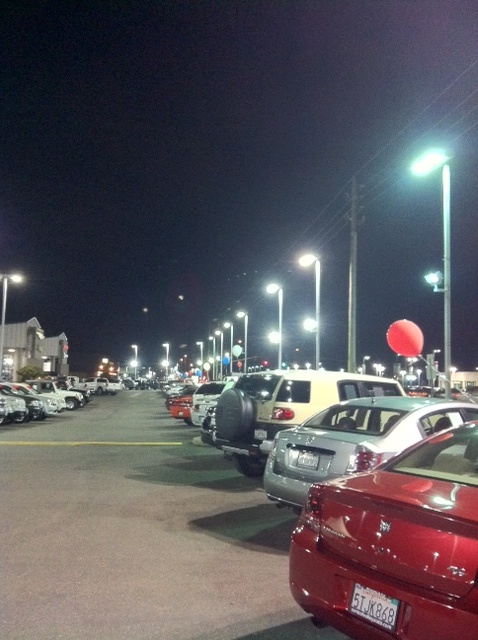 The Illuminating Engineering Society (IES) and the International Dark Sky Association have created a Model Lighting Ordinance setting standards for outdoor lighting. These recommendations, which apply to all areas of a community – residential, commercial, and multifamily residences – are intended to:
The Illuminating Engineering Society (IES) and the International Dark Sky Association have created a Model Lighting Ordinance setting standards for outdoor lighting. These recommendations, which apply to all areas of a community – residential, commercial, and multifamily residences – are intended to:- Set standards that do not exceed the minimum levels specified in IES recommended practices for night-time safety, utility, security, productivity, enjoyment, and commerce.
- Minimize adverse offsite impacts of lighting such as light trespass and obtrusive light.
- Curtail light pollution and improve the nighttime environment for astronomy.
- Protect the natural environment from the adverse effects of night lighting from gas or electric sources.
- Conserve energy and resources to the greatest extent possible.
The ordinance starts by explaining that while many communities have passed anti-light-pollution laws, they vary considerably in language, technical quality, and stringency. These recommendations constitute an attempt to bring uniformity to these laws, although the municipalities adopting them can vary the stringency of restrictions according to the sensitivity and needs of each area of the community.
The ordinance divides communities into “lighting zones,” from the lowest ambient lighting to the highest. The lowest are areas where lighting might adversely affect flora and fauna or disturb the character of the area. Lighting may be used for safety and convenience but it is not necessarily uniform or continuous. After curfew, most lighting should be extinguished or reduced as activity levels decline. The highest are areas of human activity where lighting is generally considered necessary for safety, security and/or convenience and it is mostly uniform and/or continuous.
